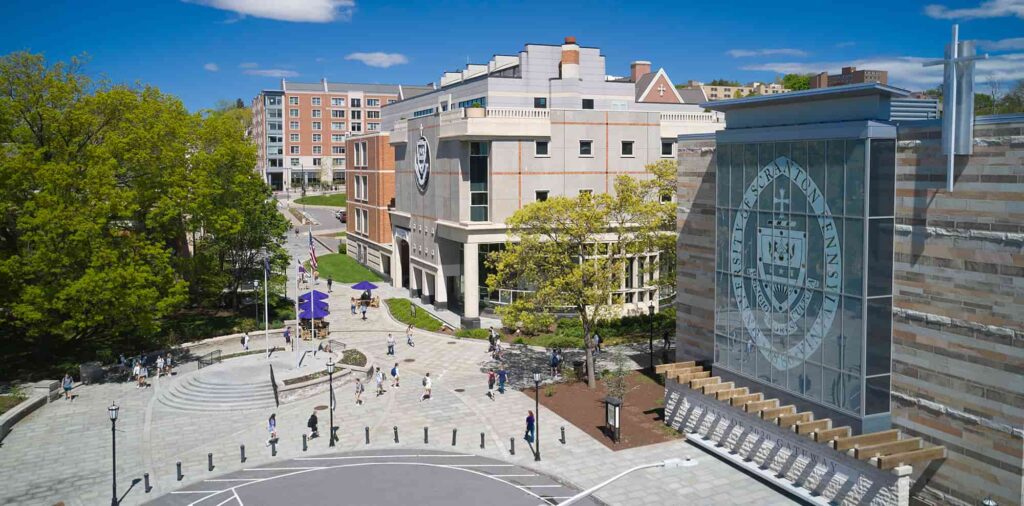
Scranton Pennsylvania and Palo Alto California are more than physically distant. Their business startup and regional academic communities can seem light years apart. Yet both students and researchers at Stanford and the University of Scranton should share the opportunity of a capital paved runway for their fledging entrepreneurs and academic innovators.
Steve Case realized this a decade ago when he penned “The RISE of the REST”. He noted that the concentration of tech startups in California, New York and Massachusetts might hinder the emergence of productive entrepreneurs, who eschewed migration to those hubs. Recent initiatives from federal agencies are now pointed at developing regional ecosystems in non-traditional geographies.
The National Science Foundation’s Technology, Innovation and Partnerships Directorate (TIP) under the direction of Erwin Gianchandani, has introduced a program that seeds regional economic engines to encourage commercial development in such areas. The most recent examples are the announcements by the NSF of two such engines centered in North Carolina. The NSF program injects $30 million of agency capital into The Piedmont Triad Regenerative Medicine Engine and The North Carolina Sustainable Textiles Innovation Engine.
Meanwhile, closer to Pure Green Cement’s home, the University of Scranton confirmed its plan to build an 80,000 sq ft center for applied research and workforce development with funding help from the National Institute of Standards and Technology. U of S President Joseph G. Marina, S.J. made the announcement. Michelle Maldonado, Ph. D senior vice president added that, “Based on what we have seen at other colleges, we expect it to be a centerpiece for collaborations with faculty and students. We are also anticipating partnership with regional business.” See article here